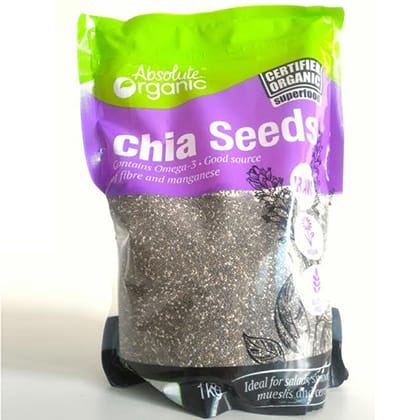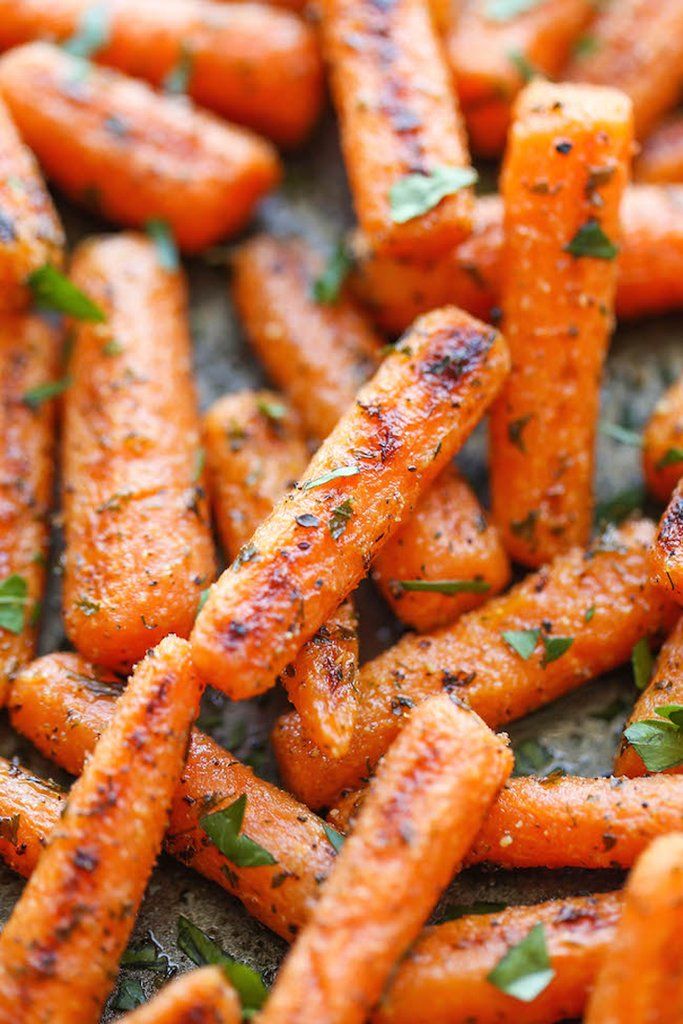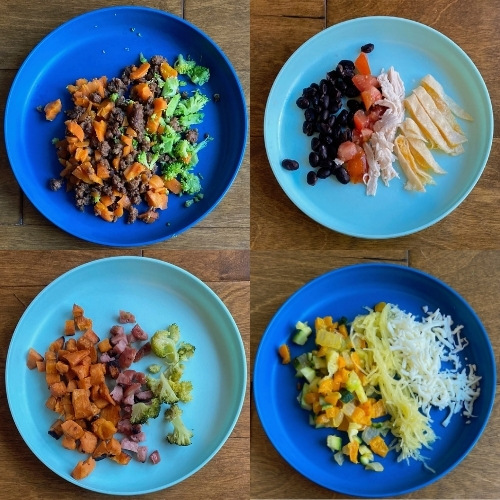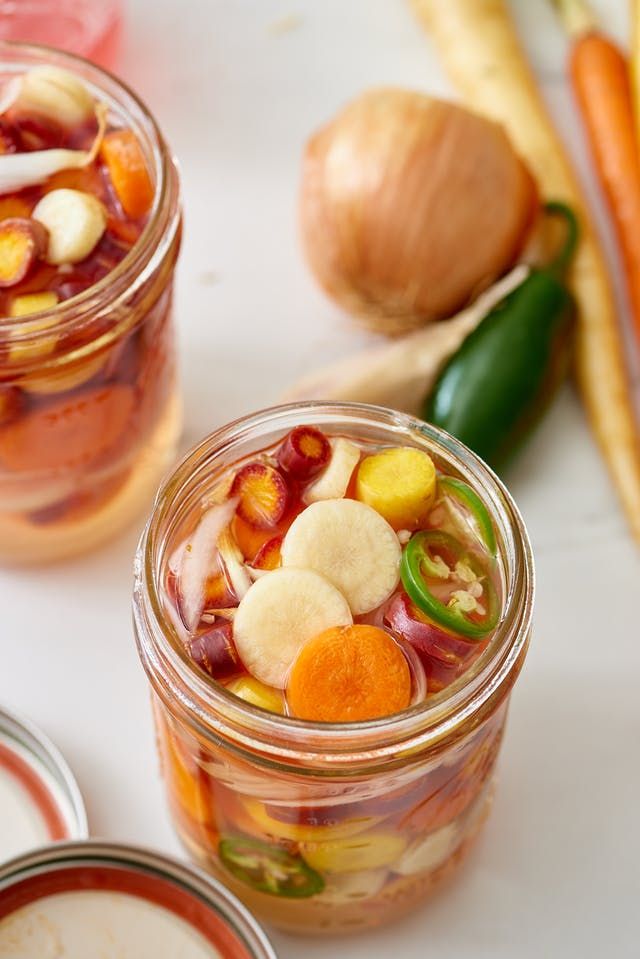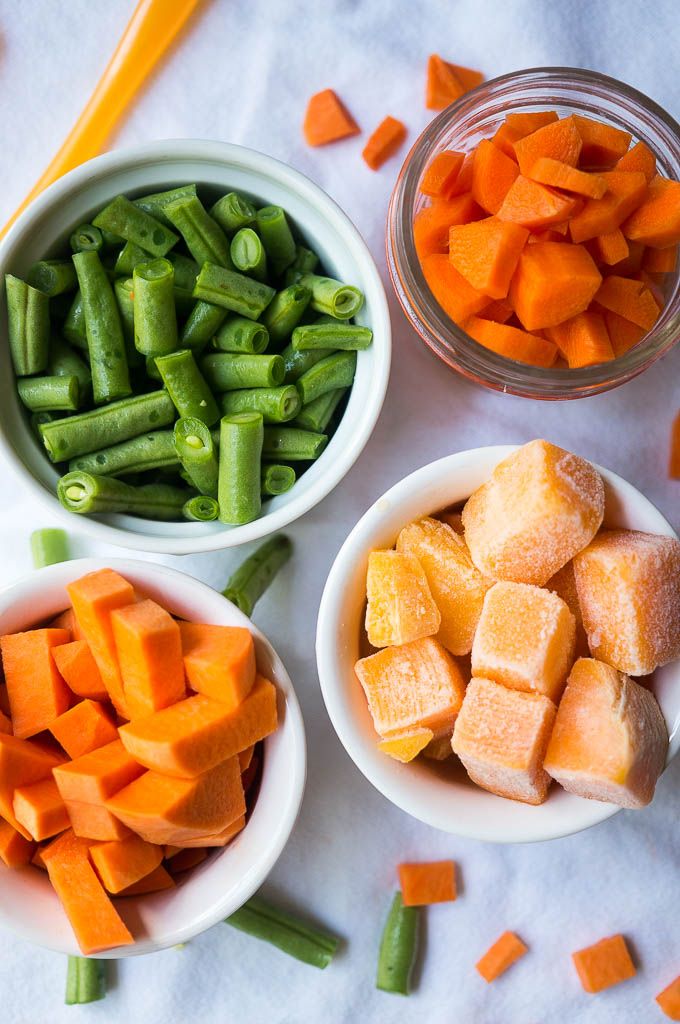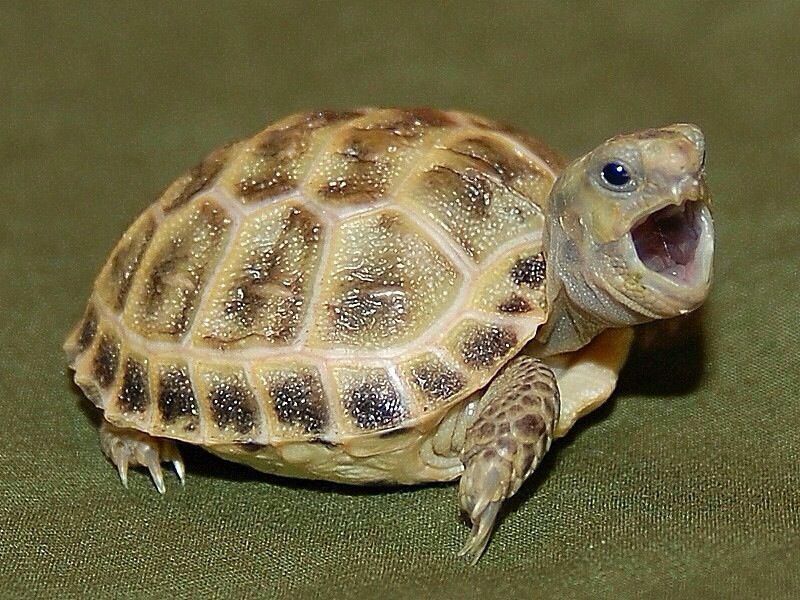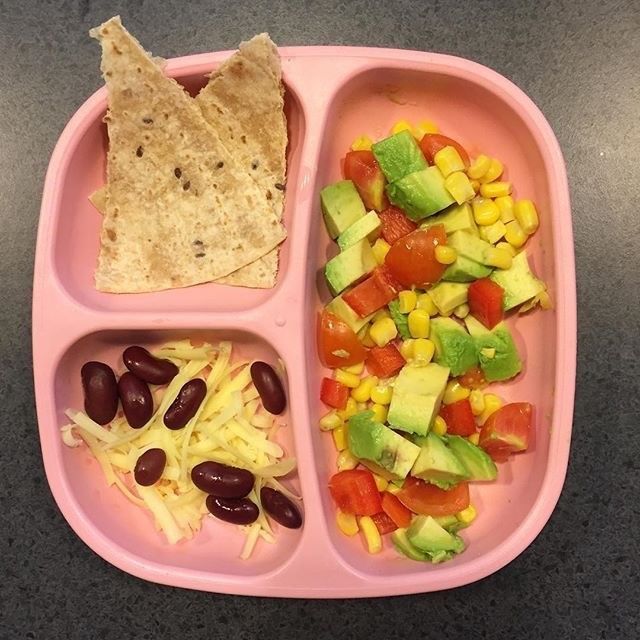Chia seeds baby food
Chia Seeds for Babies - Can Babies Eat Chia Seeds?
When can babies eat chia seeds?
Chia seeds may be introduced as soon as baby is ready to start solids, which is generally around 6 months of age. Note that dry chia seeds are a potential choking risk, as they expand upon contact with moisture (such as saliva) and can bond together in clumps.
Where do chia seeds come from?
Chia seeds grow on flowering herbaceous plants that originated in the high deserts and mountains of Mesoamerica. In ancient times, chia was a staple in the region, where the tiny seeds called chiyantli in Nahuatl languages were not only food, but medicine, a means of trade, and a sacred offering. Spanish colonizers dismissed chia and amaranth and instead favored grains popular in Europe like barley, rice, and wheat, but despite these efforts, chia survived and remains an important ingredient in regional cooking to this day. Not until the late 20th century did chia gain its “superfood” status on the world stage, where academics, athletes, and entrepreneurs promoted the nutritional benefits long valued in Indigenous cultures.
Are chia seeds healthy for babies?
Yes, in moderation. Chia seeds are the world’s richest plant source of omega-3 fatty acids and boast a fair amount of protein, vitamin K, calcium, vitamin B6, and zinc—nutrients that power baby’s cell growth, eyesight, brain development, immune function, and healthy bones.1 Chia seeds are also packed with fiber, an important nutrient, but consuming too much at once can cause digestive discomfort. Lastly, the seeds contain anti-nutrients called oxalates that can tax the kidneys and block the body’s absorption of other vital minerals when consumed in great excess.2
Wondering about black vs. white chia seeds? Nutritionally, there is no significant difference between black or white chia seeds, though limited research suggests that the Salba variety of white chia might be the richest in both fiber and healthy fats.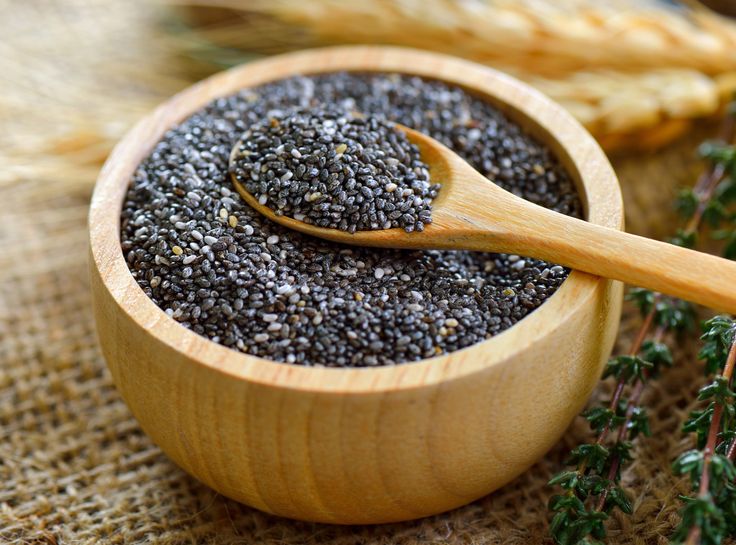 3
3
★Tip: Store chia seeds in an air-tight container. The whole seeds keep at room temperature for up to 18 months, while ground-up chia seeds keep for less time: up to 1 year in the fridge.
Can chia seeds help babies with constipation?
Yes. Chia seeds are exceptionally high in soluble fiber, which helps diversify the microbiome and aids baby’s bowel function, making them helpful for relieving constipation. Just don’t overdo it: consuming too many chia seeds can make baby feel too full and cause digestive discomfort, discouraging baby from eating, and displacing other valuable nutrients. For these reasons, we suggest you offer a small quantity at first and gradually increase the amount over time.
How do you make an egg substitute with chia seeds?
To use chia seeds as an egg substitute in baked goods, mix 1 part chia seeds to 3 parts warm liquid and letting the mixture gel for at least 30 minutes. One large egg is approximately equal to 1 tablespoon (15 grams) of chia seeds combined with 3 tablespoons (45 milliliters) of liquid.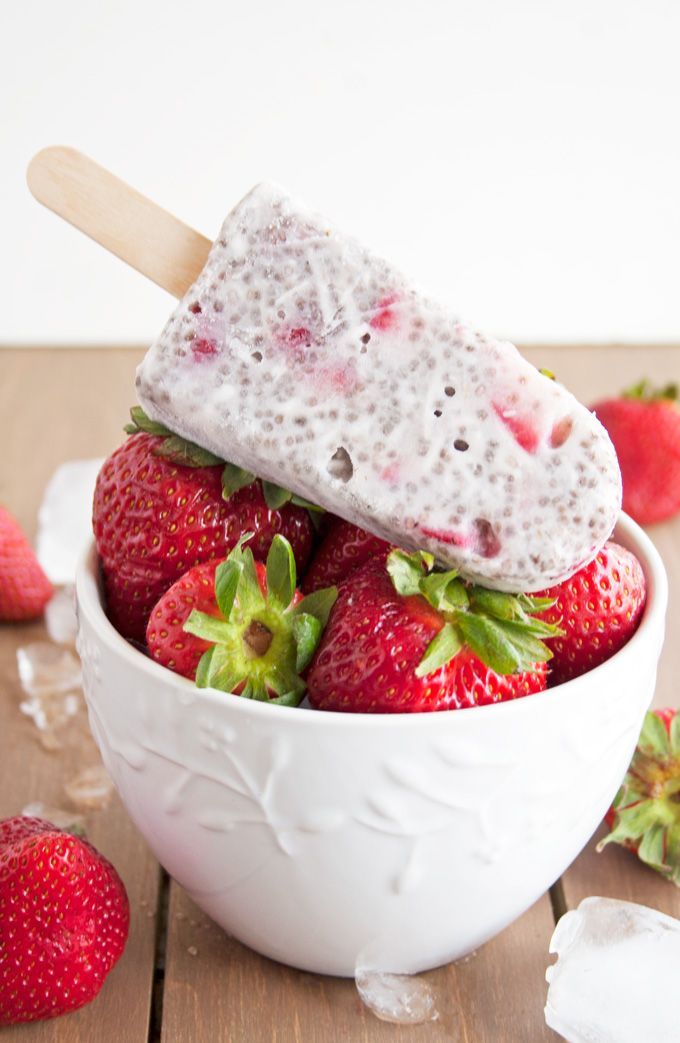 If you like, make a big batch and store the mixture, sometimes called a “chia egg,” in an air-tight container in the fridge for up to 1 week.
If you like, make a big batch and store the mixture, sometimes called a “chia egg,” in an air-tight container in the fridge for up to 1 week.
Are chia seeds a common choking hazard for babies?
Yes. Chia seeds expand upon contact with moisture (such as saliva) and can bond together in clumps. To minimize the risk, soak chia seeds for 30 minutes prior to serving and break apart any clumps of chia seeds with a fork. Refrain from serving spoonfuls of the dry seeds (although sprinkling a little bit of the dry seeds onto foods is fine). Hold off on serving drinks that contain chia seeds until a child is over 12 months of age. As always, make sure you create a safe eating environment and stay within an arm’s reach of baby during meals. For more information on choking, visit our sections on gagging and choking and familiarize yourself with the list of common choking hazards.
Are chia seeds a common allergen?
No. Allergies to chia seeds are uncommon, though not unheard of.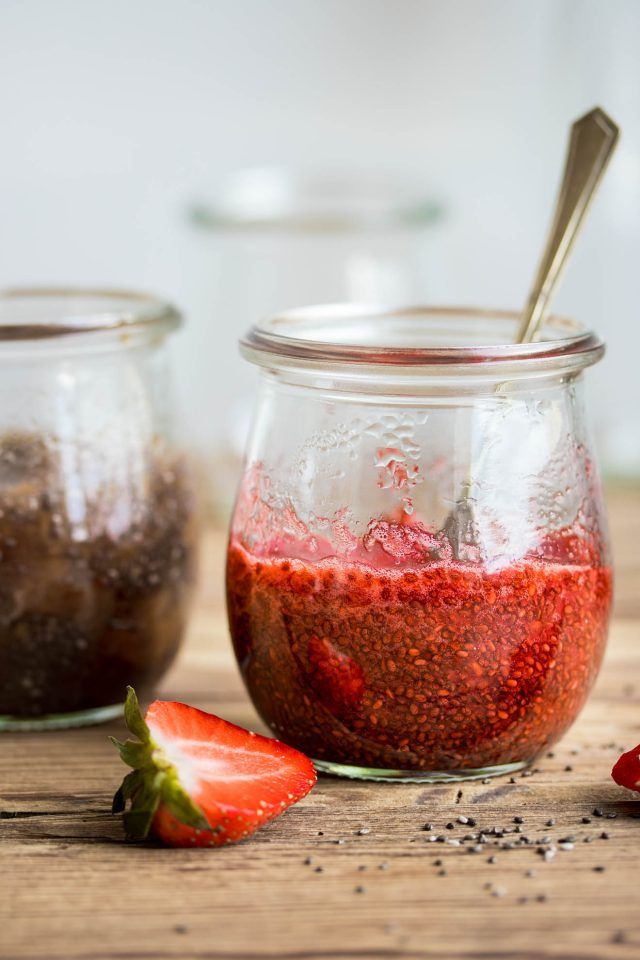 There is some limited evidence that certain people with sesame allergy may also have a cross-reactive allergy to chia seed.4 If you suspect baby may be allergic to sesame, talk to your allergist before introducing chia seeds.
There is some limited evidence that certain people with sesame allergy may also have a cross-reactive allergy to chia seed.4 If you suspect baby may be allergic to sesame, talk to your allergist before introducing chia seeds.
When you’re ready to introduce chia seeds, start by serving a small quantity of the pre-soaked seeds for the first few servings and watch closely. If there are no adverse reactions, gradually increase the amount served over future mealtimes.
How do you prepare chia seeds for babies with baby-led weaning?
Every baby develops on their own timeline, and the suggestions on how to cut or prepare particular foods are generalizations for a broad audience. Your child is an individual and may have needs or considerations beyond generally accepted practices. In determining the recommendations for size and shape of foods, we use the best available scientific information regarding gross, fine, and oral motor development to minimize choking risk. The preparation suggestions we offer are for informational purposes only and are not a substitute for child-specific, one-on-one advice from your pediatric medical or health professional or provider. It is impossible to fully eliminate all risk of a baby or child choking on any liquid, puree, or food. We advise you to follow all safety protocols we suggest to create a safe eating environment and to make educated choices for your child regarding their specific needs. Never disregard professional medical advice or delay in seeking it because of something you have read or seen here.
The preparation suggestions we offer are for informational purposes only and are not a substitute for child-specific, one-on-one advice from your pediatric medical or health professional or provider. It is impossible to fully eliminate all risk of a baby or child choking on any liquid, puree, or food. We advise you to follow all safety protocols we suggest to create a safe eating environment and to make educated choices for your child regarding their specific needs. Never disregard professional medical advice or delay in seeking it because of something you have read or seen here.
6 to 12 months old: Stir pre-soaked chia seeds into porridge or yogurt or offer chia seed pudding flavored with your favorite fruit. Let baby self-feed by scooping with their hands. If you’d like to encourage the use of a utensil, pre-load a spoon and rest it next to the food for baby to try to pick up—or pass it in the air for baby to grab. Refrain from serving spoonfuls of the dry seeds (although sprinkling a little bit of the dry seeds onto foods is fine).
12 to 18 months old: Continue serving soft, scoopable foods with pre-soaked chia seeds added and let the toddler self-feed with their hands or a utensil. If the child is not interested in using the utensil, don’t worry. Using utensils can be exhausting for new eaters, and many children toggle back and forth between fingers and utensils when self-feeding. Try not to apply too much pressure—consistent and accurate utensil use will come in due time—probably between 18 and 24 months of age. Refrain from serving spoonfuls of the dry seeds (although sprinkling a little bit of the dry seeds onto foods is fine).
18 to 24 months old: Time for drinks! Add chia seeds to thicken fruit smoothies or make a simple agua fresca with mashed fruit, freshly squeezed lime juice, water, and chia seed. Of course, you may also continue serving chia seeds in any warm cereal, oatmeal, or porridge. Refrain from serving spoonfuls of the dry seeds (although sprinkling a little bit of the dry seeds onto foods is fine).
Mix up your mornings with recipe ideas from our 50 Breakfasts for Babies & Toddlers.
What are recipe ideas for cooking with chia seeds?
With their mild taste, chia seeds are an easy ingredient to add nutrition into dishes. The tiny seeds work just as well in sweets like granola as they do in savory dishes like meatballs and patties. Because they can absorb more than 10 times their weight in liquid, hydrated chia seeds can function as an egg substitute, binding the ingredients in baked goods like pancakes, quick breads, and more. For babies, stir chia seeds into porridges, yogurt, and other soft, scoopable foods, like mashed fruit or vegetables. For older children, use chia seeds to thicken drinks like smoothies or agua fresca, the refreshing fresh fruit juice with infinite variations in Latin America. Or try your own version of coconut chia pudding, adding any fruit and spice to flavor the dish.
Recipe: Creamy Chia Seed Pudding
- Yield: 2 cups (480 grams)
- Cook Time: 1 ½ hours
- Age: 6 months+
Ingredients
- 1 ripe banana
- ¾ cup (180 milliliters) coconut milk or other plant-based milk
- 3 tablespoons (42 grams) chia seed
- ¼ teaspoon (1 gram) ground cinnamon (optional)
- 1 pinch ground pecan (optional)
- 1 ripe mango (optional)
This recipe contains common allergens: coconut, dairy (cow’s milk), and tree nut (pecan). While coconut allergy is rare, it’s classified as a tree nut by the US Food and Drug Administration. Only serve to a child after these allergens have been safely introduced.
While coconut allergy is rare, it’s classified as a tree nut by the US Food and Drug Administration. Only serve to a child after these allergens have been safely introduced.
Directions
- Make chia seed pudding the night before you plan to serve it so it’s ready in a flash in the morning.
- Peel and mash the banana, then scoop it into a small glass jar with a sealed lid. A 2- or 3-cup mason jar works perfectly!
- Add the coconut milk, chia seeds, and seasoning. Seal the jar, then shake vigorously to combine.
- Place the jar in the fridge to chill until the seeds have expanded and the mixture has thickened, ideally overnight. If you’re pressed for time, chill for at least 1 hour, shaking every 10 minutes or so to disperse the seeds and help speed up the process.
- When you’re ready to serve, scoop some chia seed pudding into the child’s bowl. Exact serving size is variable.
- If you like, sprinkle ground pecan on top.
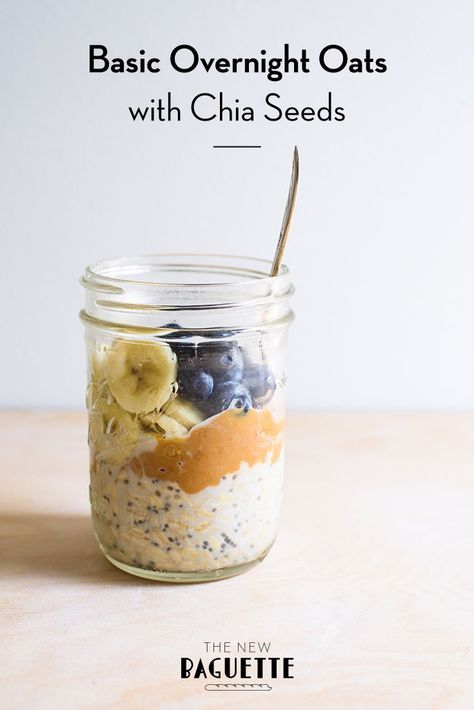 If you are introducing the nut for the first time, use a scant amount, about ¼ teaspoon (½ gram).
If you are introducing the nut for the first time, use a scant amount, about ¼ teaspoon (½ gram). - Wash, dry, and peel the mango. Cut the halves from the pit by slicing along one side of the pit, then slicing along the other side. Store the pit and a mango half for a future meal—or snack on it as baby eats. Cut the remaining mango half into spears to serve alongside baby’s chia seed pudding.
- Let the child self-feed with hands, and let the child’s appetite determine how much is eaten. To encourage utensil use, simply preload the utensil and rest it next to the food for the child to pick up. Alternatively, pass a preloaded utensil or mango spear in the air for the child to grab.
To Store: Chia seed pudding keeps in an air-tight container in the fridge for 1 week. Cut mango keeps when sealed in the fridge for 4 days.
★ Tip: Use your favorite flavors! Swap cinnamon for cardamom, nutmeg, or any warm spice. Use guava, papaya, or any fruit in place of mango.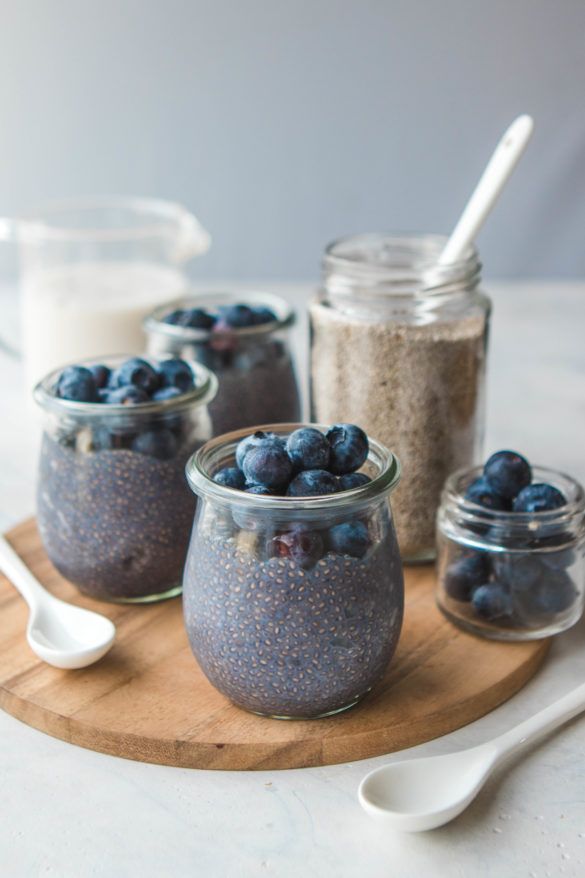 And sprinkle any ground-up nut on top as long as it has been safely introduced.
And sprinkle any ground-up nut on top as long as it has been safely introduced.
Flavor Pairings
Chia seeds pair well with corn, cranberry bean, cow’s milk, lima bean, pumpkin, and quinoa.
Reviewed by
E. Cerda, MSN, CNS, LDN
A. Gilbaugh, RD, CNSC
K. Grenawitzke, OTD, OTR/L, SCFES, IBCLC, CNT
Dr. S. Bajowala, MD, FAAAAI. Board-Certified Allergist & Immunologist (allergy section)
Dr. R. Ruiz, MD, FAAP. Board-Certified General Pediatrician & Pediatric Gastroenterologist
- Harvard T.F. Chan School of Public Health. (n.d.). The Nutrition Source: Chia Seeds. Retrieved November 3, 2021.
- Garland, V., Herlitz, L., Regunathan-Shenk, R. (2020). Diet-induced oxalate nephropathy from excessive nut and seed consumption. BMJ Case Rep 13 (11), e237212. DOI: 10.1136/bcr-2020-237212. Retrieved November 3, 2021.
- Vuksan V, Whitham D, Sievenpiper JL, et al. (2007). Supplementation of conventional therapy with the novel grain Salba (Salvia hispanica L.
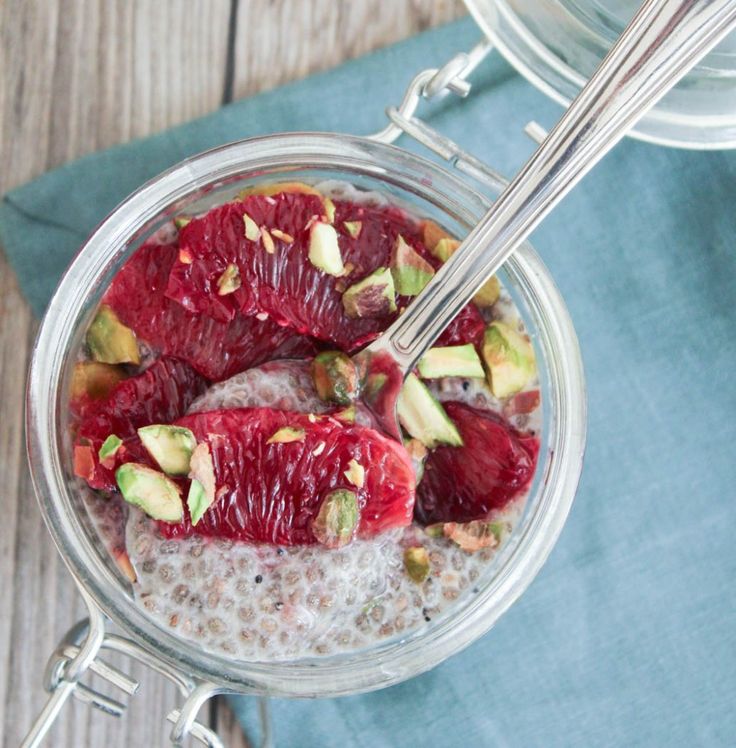 ) improves major and emerging cardiovascular risk factors in type 2 diabetes: results of a randomized controlled trial. Diabetes Care, 30:2804-10. Retrieved November 3, 2021.
) improves major and emerging cardiovascular risk factors in type 2 diabetes: results of a randomized controlled trial. Diabetes Care, 30:2804-10. Retrieved November 3, 2021. - García Jiménez S, Pastor Vargas C, de las Heras M, Sanz Maroto A, Vivanco F, Sastre J. (2015). Allergen characterization of chia seeds (Salvia hispanica), a new allergenic food. J Investig Allergol Clin Immunol, 25(1):55-6. Retrieved November 3, 2021.
Chia Seeds for Babies and Toddlers
All Posts, by Date » Baby Friendly Recipes » Chia Seeds for Babies
Jump to Recipe Print Recipe
Chia seeds are becoming increasingly common because of their functional and nutritional properties. However, there are a few things to consider before adding these, nutrient-packed, seeds to your baby’s diet. Read on to find out the benefits of chia seeds, how to prepare them and serving suggestions.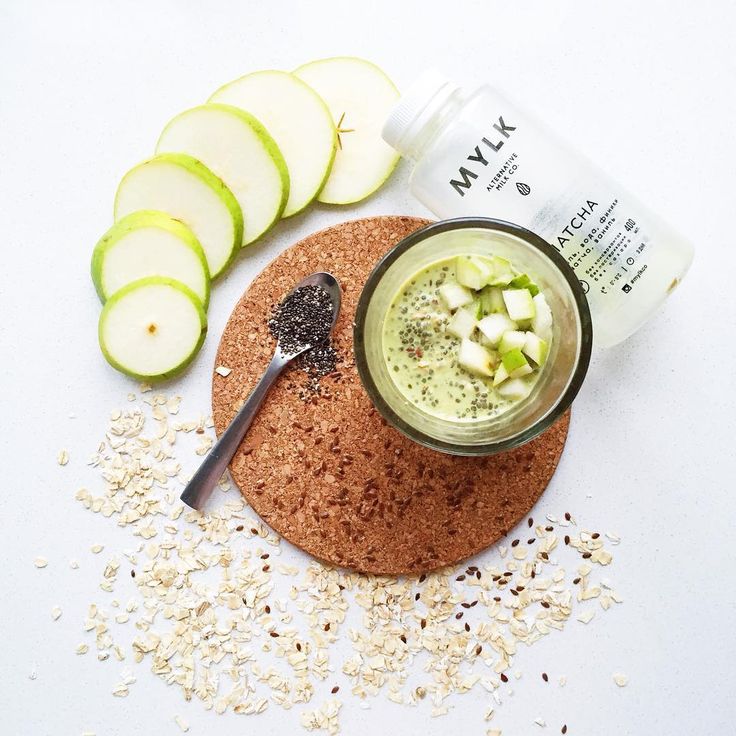
Benefits of Chia Seeds
Chia seeds may be tiny but they are packed with nutrition. They are rich in
- omega 3 fatty acids – for growth and development
- fibre – keeps the digestive system healthy
- calcium – for healthy bones
- zinc – for immune function
- phosphorus – contributes to bone health and tissue maintenance.
- manganese – essential for metabolism, growth, and development
Chia seeds are a complete source of protein (contain all nine essential amino acids). They are naturally gluten-free.
How Much Chia Seeds Can my Baby / Toddler Have
There are no official recommendations on daily intake. However, chia seeds are packed full of fibre and because of this, you should introduce them slowly. Consuming too many in one sitting may cause abdominal discomfort.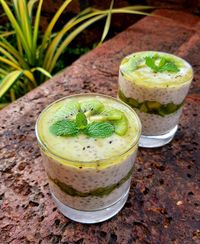
In addition, too much fibre isn’t advised for children under 2. This is because they can become full quite quickly before they’ve had enough calories and other nutrients.
From what I have read, I’d recommend starting with 1/2 tsp a day and observing closely.
How to Prepare Chia Seeds for a baby/toddler.
Chia seeds should ONLY be served to babies / children once they have been soaked in liquid (e.g water, milk) and left to fully expand.
Chia seeds absorb a large amount of liquid, if you feed your baby dry chia seeds, they will absorb water post-ingestion and could potentially cause a gastrointestinal blockage.
Always let chia seeds expand fully in some kind of liquid and ensure to break down any clumps of seeds that may have formed before serving.
If you want a smoother gel/pudding then you can grind before soaking or blend the soaked mixture.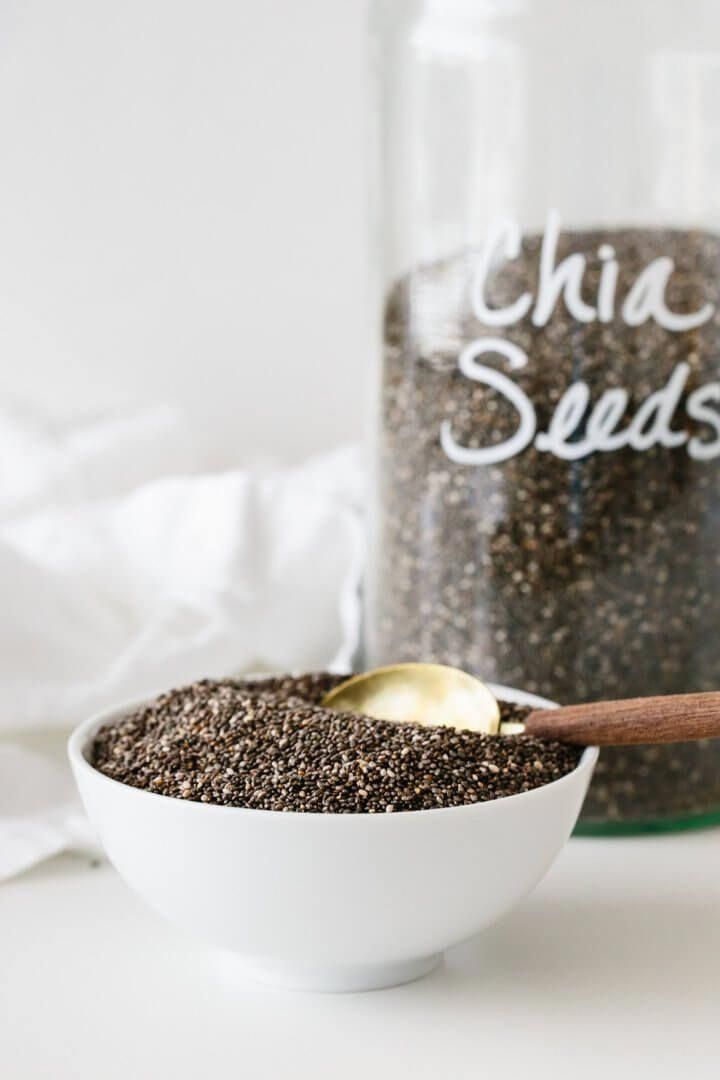
Serving Suggestions
Chia seeds can be incorporated into many meals due to their bland taste and lack of smell.
Why not try adding some to
- oatmeal
- yogurt
- soups
- sauces
- smoothies
You can also use them to make delicious desserts such as banana chia pudding.
Due to their ability to absorb water, to form a gel, they can also be used to thicken sauces, used as an egg replacement, or to make sugar-free chia jam.
Just be prepared for the mess…. the seeds stick to everything!
Frequently Asked Questions
What age can you serve chia seeds?
Chia seeds may be introduced 6 months +. However, there are a few things to consider. Please read the notes above about how to prepare them and how much to offer.
Are chia seeds a choking hazard?
Chia seeds are not a common source of choking.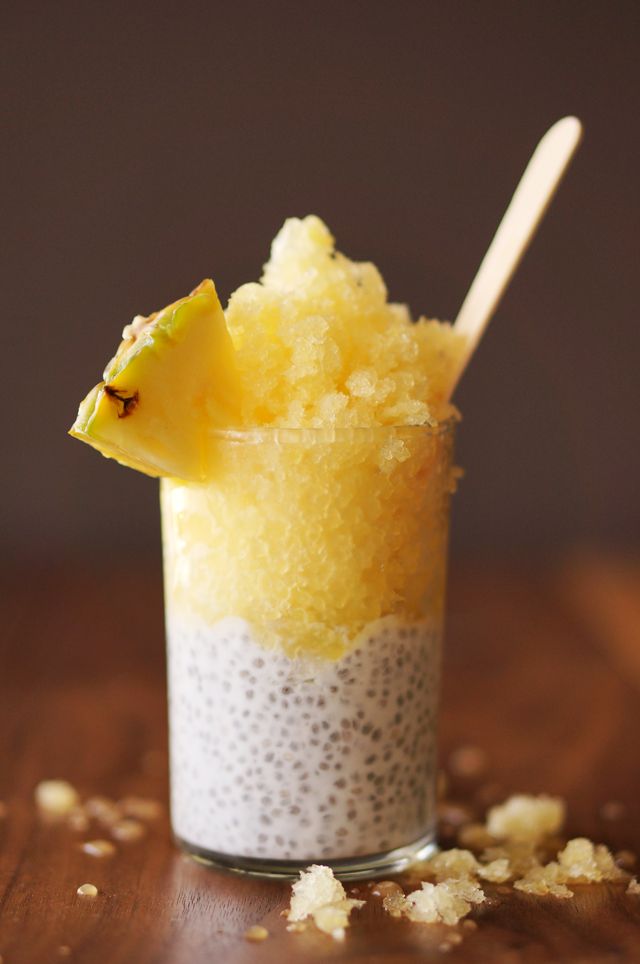 However, if your child has dysphagia (feeding and swallowing problems) you should consult your feeding specialist before serving them.
However, if your child has dysphagia (feeding and swallowing problems) you should consult your feeding specialist before serving them.
Are chia seeds a common allergen?
Chia seed allergies are rare but have been documented. There is potential cross-reactivity between chia and other seeds such as sesame, meaning that some people allergic to certain seeds will also react to chia.
Is there a difference between white and black chia seeds?
Nutritionally, there is no difference between black or white chia seeds.
Where can I buy chia seeds?
Chia seeds used to be a niche ingredient, available only at healthy stores. However, they are a lot more mainstream now, and you should be able to find them in most well-stocked grocery stores.
How do you store chia seeds?
Chia seeds have a long shelf life and will keep for several years when stored in a cool, dry place.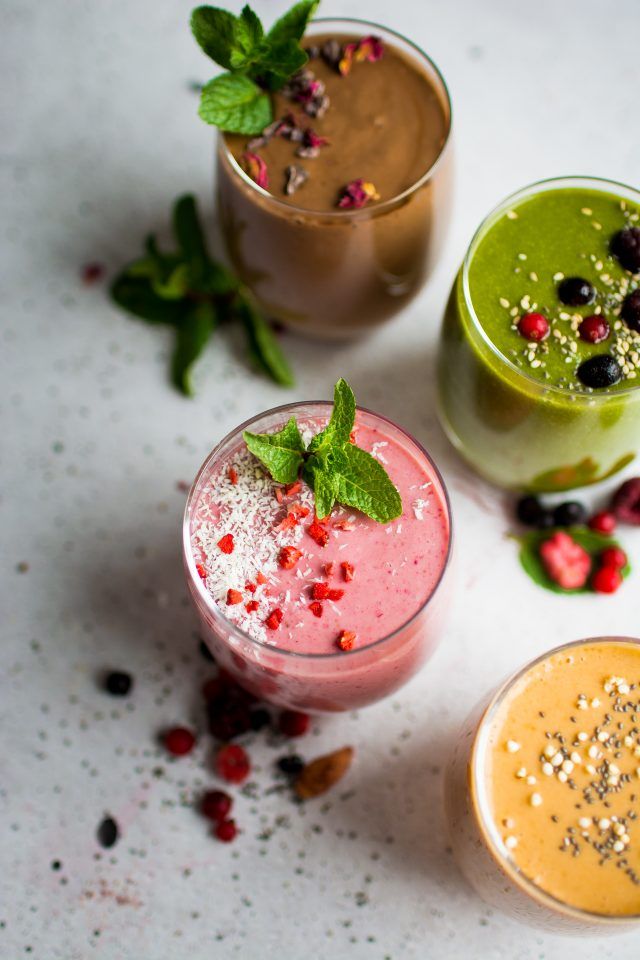
You can refrigerate the hydrated seeds in an airtight container for up to 3 days (depending on liquid/milk used)
Summary
- Despite their tiny size, chia seeds are highly nutritious. They’re loaded with fiber, protein, omega-3 fatty acids, and various minerals.
- Always allow chia seeds to soak and fully expand in liquid before serving a baby. Never feed dry chia seeds.
- As with all new foods, start by serving a small quantity of the pre-soaked seeds and observe closely.
- Chia seeds are tasteless and can be added to a range of sweet and savoury foods.
- Prepare for the mess, soaked chia seeds cling to everything!
Looking for more healthy kid recipes?Sign up for my free recipe newsletter to get new family friendly recipes in your inbox each week! Find me sharing more kind-friendly inspiration on Pinterest and Instagram.
5 from 2 votes
Chia Seed Gel
A gel that can be added to a range of dishes for an extra nutritional boost.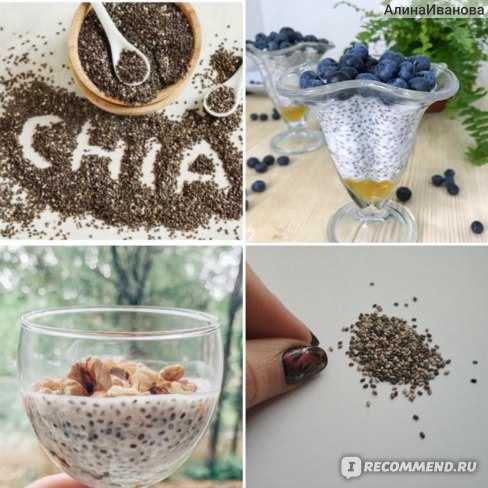
Print Pin This
- ▢ ¼ cup (60ml) Milk / Water Can use breast milk, formula, cows milk, unsweetened plant based milk (such as soy, oat, almond, coconut)
- ▢ 1 tbsp (9g) Chia Seeds Black or white
Add the milk and seeds to a small mixing bowl and mix well.
After a couple of minutes, give the mixture another good mix to ensure any clumps of chia seeds, that may have formed, are properly broken down.
Refrigerate and allow the seeds to sit in the liquid until the seeds have absorbed the liquid and a gel is formed, around 30 mins.
Add a spoonful or two of this chia gel into foods like oatmeal, yogurt, soups, sauces or mashed vegetables.
Nutritional information is a ROUGH guide only, calculated using an online nutrition calculator. Facts are based using cows milk.
Nutrition Facts
Chia Seed Gel
Amount Per Serving
Calories 24 Calories from Fat 9
% Daily Value*
Fat 1g2%
Saturated Fat 1g5%
Trans Fat 1g
Cholesterol 2mg1%
Sodium 7mg0%
Potassium 32mg1%
Carbohydrates 2g1%
Fiber 1g4%
Sugar 1g1%
Protein 1g2%
Vitamin A 26IU1%
Vitamin C 1mg1%
Calcium 36mg4%
Iron 1mg6%
* Percent Daily Values are based on a 2000 calorie diet.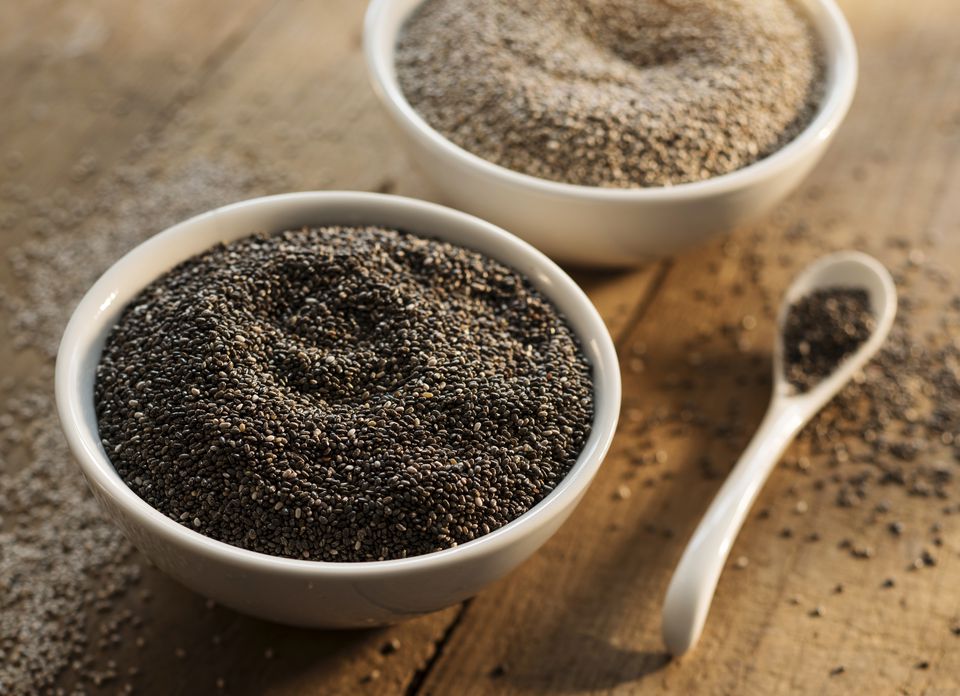
Course:Nutritional Addition
Cuisine:Baby
Keyword:Chia Gel
Did you make this recipe?Tag me on Instagram at @healthylittlefoodies or leave me a below.
Disclaimer: This guide is for informational purposes only. It is not intended to replace the personalised care and advice given to you by a health professional. You should never disregard professional medical advice or delay in seeking it because of something you have read or seen here. Please refer to our full disclaimer for more info.
References / Further Reading
- Harvard T.F. Chan School of Public Health. The Nutrition Source: Chia Seeds. (website). Accessed April 10, 2021
- Healthline, Chia Seeds 101: Nutrition Facts and Health Benefits. (website) Accessed April 10, 2021
- Anaphylaxis Campaign, Emerging Allergens. (website) Accessed April 10, 2021
- Albunni, BA., Wessels, H., Paschke-Kratzin, A., Fischer, M.
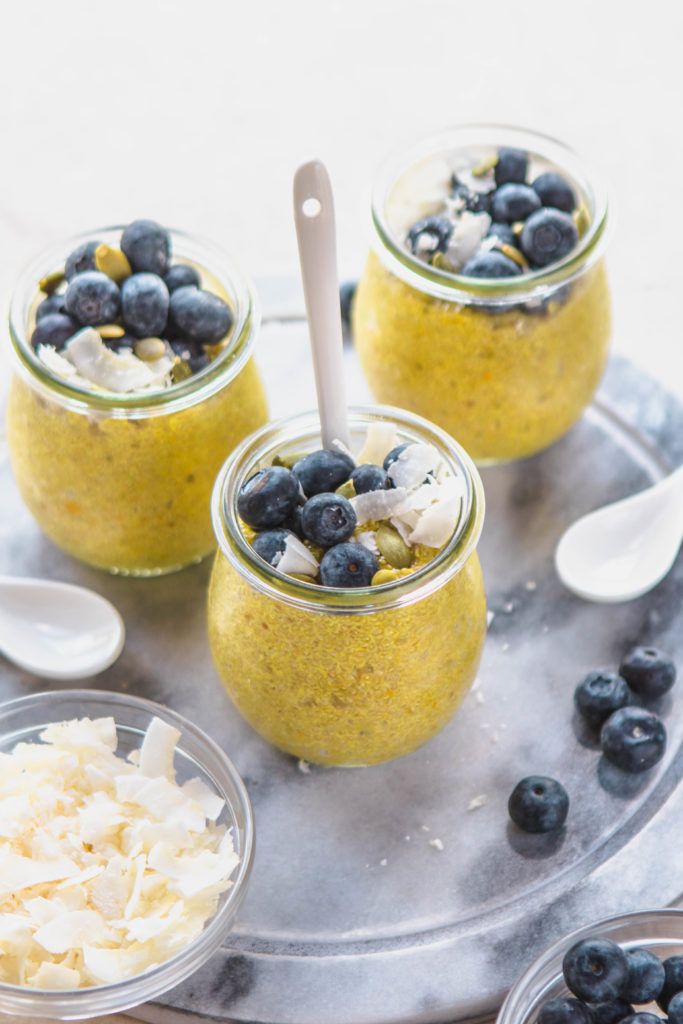 (2019). Antibody Cross-Reactivity between Proteins of Chia Seed ( Salvia hispanica L.) and Other Food Allergens. Journal of Agricultural and Food Chemistry, 67(26), 7475-7484.
(2019). Antibody Cross-Reactivity between Proteins of Chia Seed ( Salvia hispanica L.) and Other Food Allergens. Journal of Agricultural and Food Chemistry, 67(26), 7475-7484.
Meet Amy
Amy Whiteford runs the blog Healthy Little Foodies. She is a mum to two, has a BSc (Hons) Food Science, PGDE Primary Education and a Certificate in Childhood Nutrition. She uses her experience and knowledge to create healthy and delicious recipes for kids. Explore the site for creative ideas, tips, and inspiration! Read more
How to raise a Healthy Little Foodie
Receive family friendly recipes, delivered weekly to your inbox, for FREE! And receive this FREE ebook - "How to Raise a Healthy Little Foodie"
Reader Interactions
what is the use and how to take?
-
Main page
- ...
-
Chia seeds: what are the benefits and how to take?
-
Main page
-
Phytomarket blog
-
Articles
- Chia seeds: what are the benefits and how to take?
Covid-19
l-carnitine
spf
amino acids
anti-aging cosmetics
anti-aging
antioxidants
bad
vegetarian
vitamin d
vitamins
vitamins for children
vitamins for women
vitamins for men
hyaluronic acid
depression
children
diabetes
for pregnant and lactating
for home
Pets
women Health
fat burners
gastrointestinal tract
breakfast
health
female breast health
vision
immunity
collagen
Korean cosmetics
bones and joints
the beauty
linseed oil
masks
menopause
brain
men's cosmetics
natural cosmetic
novelties
novelties Evalar
omega
facial cleansing
cleansing the body
liver
gifts for men
weight loss
proper nutrition
protein
dream
sport
sports nutrition
sports supplements
stress
superfood
House cleaning
care
hair care
skin care
eyelid skin care
feet care
oral care
hand care
thyroid
energy
Japanese cosmetics
about Us
Useful articles
This plant was considered a source of health and beauty among the ancient Aztecs, but after the colonization of America by the Spanish conquistadors, it was forgotten for a long 500 years. Again, they started talking about it only at the beginning of the 19th century - about the miracle chia cereal, the seeds of which can be of great benefit. What is it? Let's find out.
Again, they started talking about it only at the beginning of the 19th century - about the miracle chia cereal, the seeds of which can be of great benefit. What is it? Let's find out.
This plant was considered a source of health and beauty by the ancient Aztecs, but after the colonization of America by the Spanish conquistadors, it was forgotten for a long 500 years. Again, they started talking about it only at the beginning of the 19th century - about the miracle chia cereal, the seeds of which can be of great benefit. What is it? Let's find out.
- weight loss
- superfood
Related articles:
Learning to lose weight correctly
Proper nutrition is the basis for effective weight loss
How dietary supplements work for weight loss
Fiber is an indispensable assistant in weight loss
Why is Spirulina useful?
Publication date: 09/26/2021, views: 3585, minutes to read: 2
How these grains affect the body and what they contain
- Protein in the amount of 20 g per 100 g of product .
 Thanks to him, chia seeds strengthen the immune system and increase endurance, give vitality.
Thanks to him, chia seeds strengthen the immune system and increase endurance, give vitality. - Omega-3 and Omega-6 fatty acids . They support the work of the heart and blood vessels, participate in the processes of rejuvenation, and contribute to weight loss.
- Fiber - 34 g per 100 g of product . Moreover, it is able to absorb water 12 times its own weight. This allows you to quickly satisfy your hunger and not get extra calories.
- Vitamin A . Promotes cell renewal.
- Vitamin E . Helps fight the aging process.
- Vitamin C . Helps to strengthen the immune system and takes part in the production of collagen3 - a substance on which the elasticity of the skin depends.
- Zinc, potassium, phosphorus, calcium and other minerals necessary for the human body to function properly.
Health benefits of chia - who needs this product
Chia seeds are of great benefit in strengthening immunity - this is especially important for the elderly and children, by the way, this superfood can be given to babies from the age of one.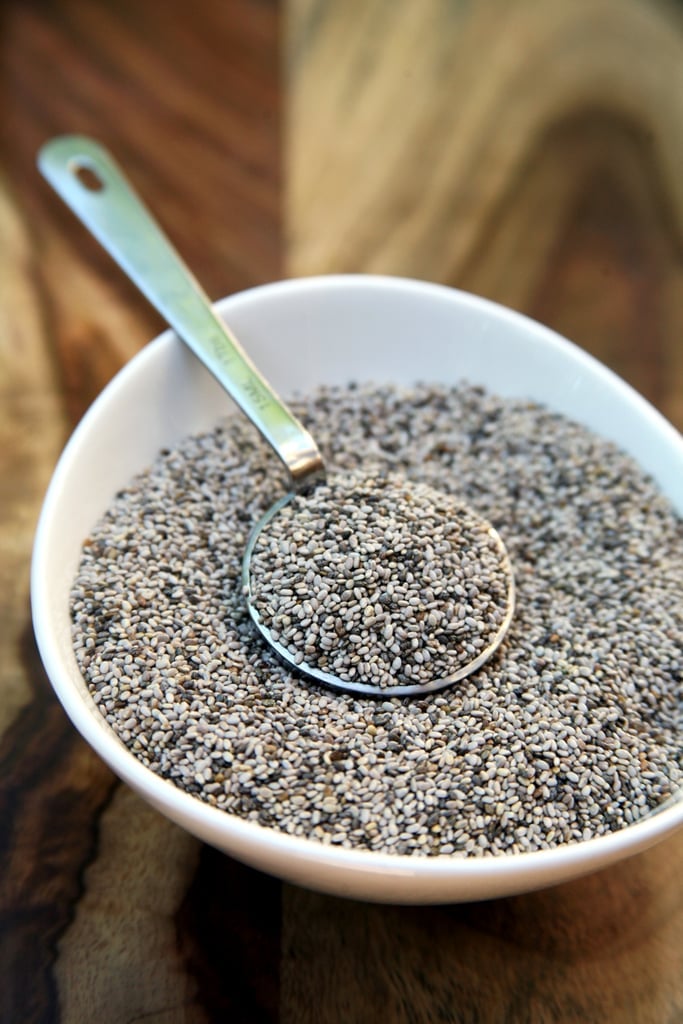
They also improve efficiency, which is valuable for people who experience great physical and mental stress. Therefore, such grains are a desirable supplement for rescuers, athletes, scientists, students during the session.
Chia seeds are of undoubted benefit to women during menopause - they reduce the frequency and intensity of "hot flashes", help to calm down.
Grains contribute to the normalization of pressure and thin the blood, preventing the appearance of blood clots. So, hypertensive patients, heart patients and those suffering from varicose veins should pay attention to this superfood.
Vitamins and trace elements in chia seeds have a positive effect on the condition of the skin - they help to cope with both teenage acne and age-related problems. So this product is useful to beauties of any age.
And, of course, chia seeds play a huge role in weight loss. Their fiber, firstly, perfectly cleanses the intestines, making it work normally, and secondly, it prevents overeating, as it swells in the stomach and gives a feeling of satiety.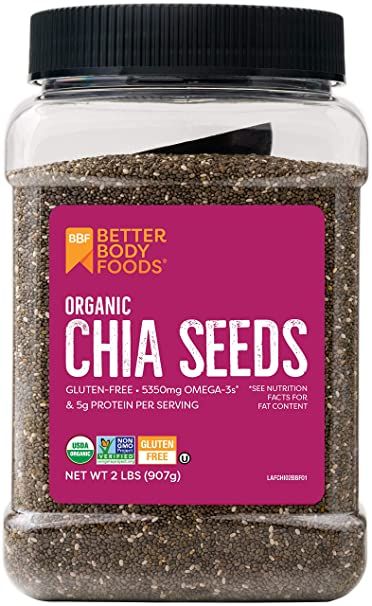 For those who are overweight, this product is a must.
For those who are overweight, this product is a must.
The benefits of chia seeds are undeniable, but is there any harm from them? They can irritate the intestines and cause increased gas production if a person drinks less than 1.5 liters of water per day. It is also possible manifestations of diarrhea, if you significantly exceed the daily allowance - 3 tablespoons.
How to eat chia seeds
This product is used in two ways:
- crushing in a mill (coffee grinder) immediately before use; this is done if it is needed for health and cosmetic purposes, because grinding allows you to “pull out” the maximum amount of useful substances from chia seeds;
- flooded for 8-12 hours with liquid; this is used in weight loss programs so that the grains swell and can take up as much volume as possible in the stomach.
IN CATALOG buy change chia
Chia seed recipes
- Vitamin cocktail .
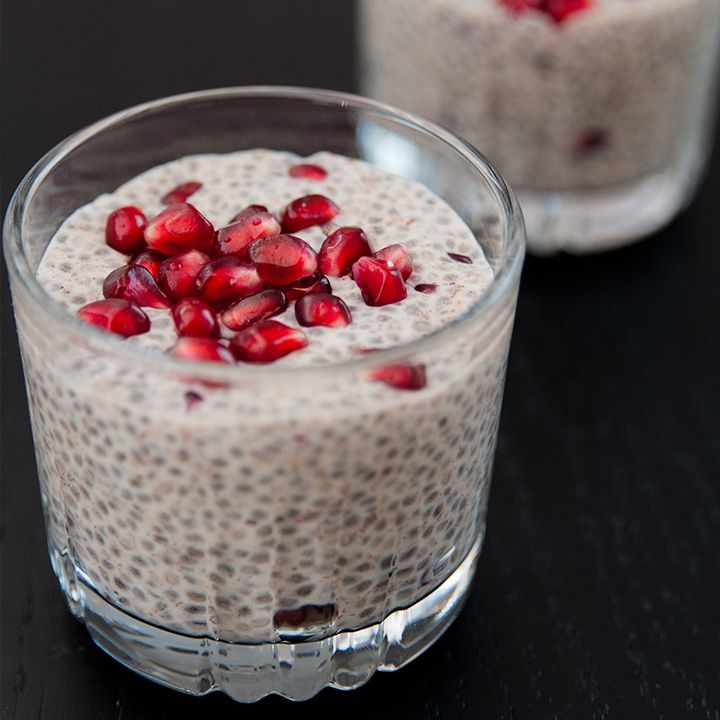 Cut banana, apple, kiwi into pieces and beat in a blender. Grind 2 tablespoons of chia seeds, add to fruit, pour a glass of orange juice. Beat again, add honey if desired.
Cut banana, apple, kiwi into pieces and beat in a blender. Grind 2 tablespoons of chia seeds, add to fruit, pour a glass of orange juice. Beat again, add honey if desired. - Colon Cleansing . In the evening, pour 2-3 tablespoons of grains with a glass of milk - almond, coconut, cow (you can take kefir, yogurt, fermented baked milk). Put in refrigerator. In the morning, beat 1 sliced banana and 50 g of berries in a blender, add milk tincture and beat again.
Phytomarket Evalar offer
Where to buy chia seeds? Of course, in our online store. We have this superfood is presented both independently and in mixtures with other useful plants. We offer pure chia seeds from the producers " Orgtium ", "Radograd", Green Food . As well as mixes with plantain bran, goji berries and flax from Orgtium. Each of the items can be consumed in the ways indicated above. You will also find chia oil and other healthy products that contain chia seeds .
TO CATALOG ALL PRODUCTS WITH CHIA SEEDS
Was the article helpful to you?
Yes
(
)
Recommended
-
Organic Chia Seeds, 100 g, Orgtium
315 ₽ −63 ₽252₽
-
Organic Chia Seeds, 200 g, Orgtium
525 ₽ −157 ₽368₽
-
Health mix (chia seeds and goji berries, dark and light flax, dark and light sesame), 200 gr, Orgtium
455 ₽ −91 ₽364₽
-
Black chia, unrefined oil, X/O, 250 ml, Products of the XXII century
819 ₽ −164 ₽655₽
-
Chia white, seeds, 100 gr, Products of the XXII century
Expert opinion
Subscribe to our newsletter
and receive the latest reviews and great deals
PHYTOBLOG
How to strengthen immunity during epidemics?
Such a hardworking vitamin C…
Evalar for vegetarians and vegans: we definitely have something.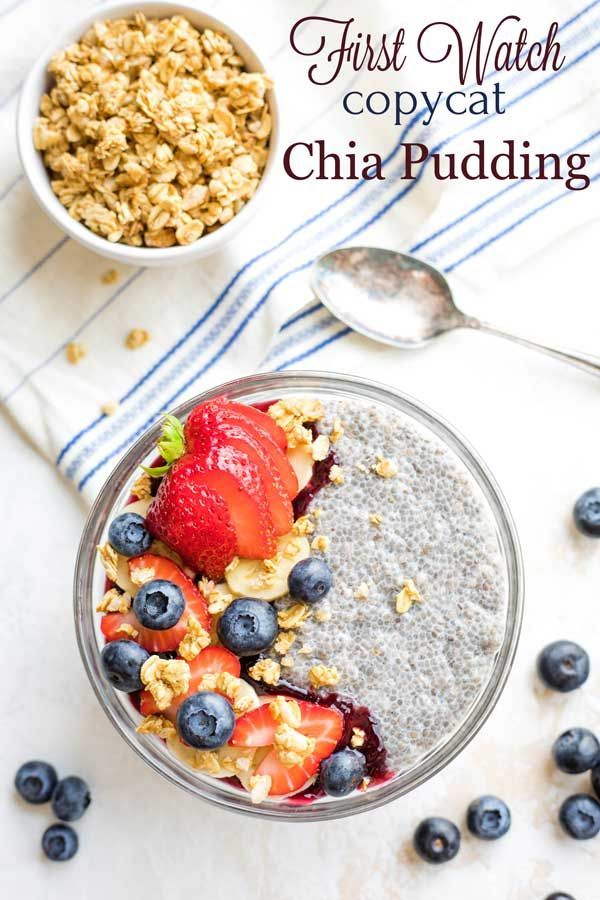 ..
..
How to deal with anxiety?
How to increase immunity in adults?
Autumn guide: complex vitamins for immunity
"Workshop of Olesya Mustaeva". Import substitution: new trends and...
How to take flaxseed properly for weight loss
How to strengthen immunity during epidemics?
Such a hardworking vitamin C…
Evalar for vegetarians and vegans: we definitely have something.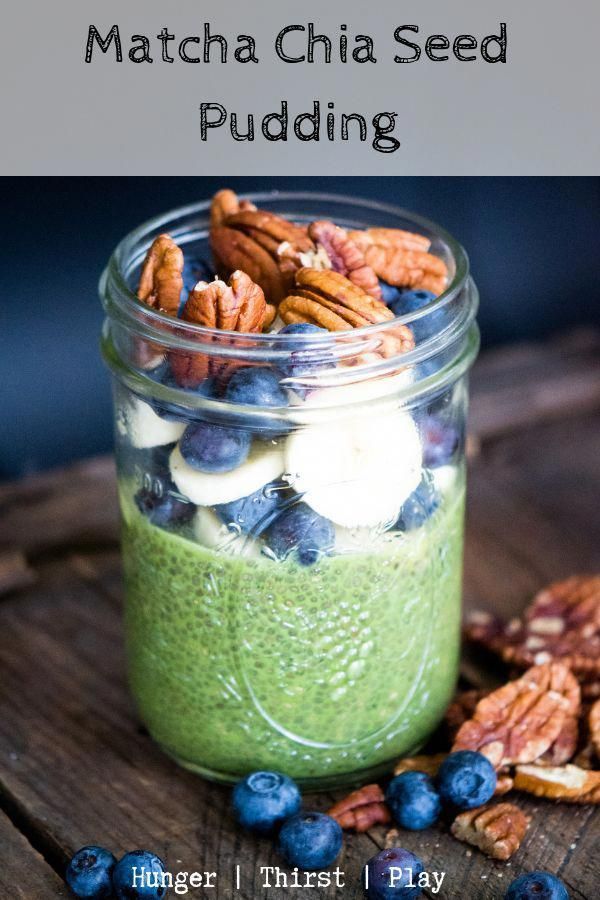 ..
..
How to deal with anxiety?
How to improve immunity in adults?
Autumn guide: complex vitamins for immunity
"Workshop of Olesya Mustaeva". Import substitution: new trends and...
How to Take Flaxseed for Weight Loss
Read all articles
Phyblog is not intended to provide diagnosis, treatment or medical advice. The information on this blog is provided for informational purposes only.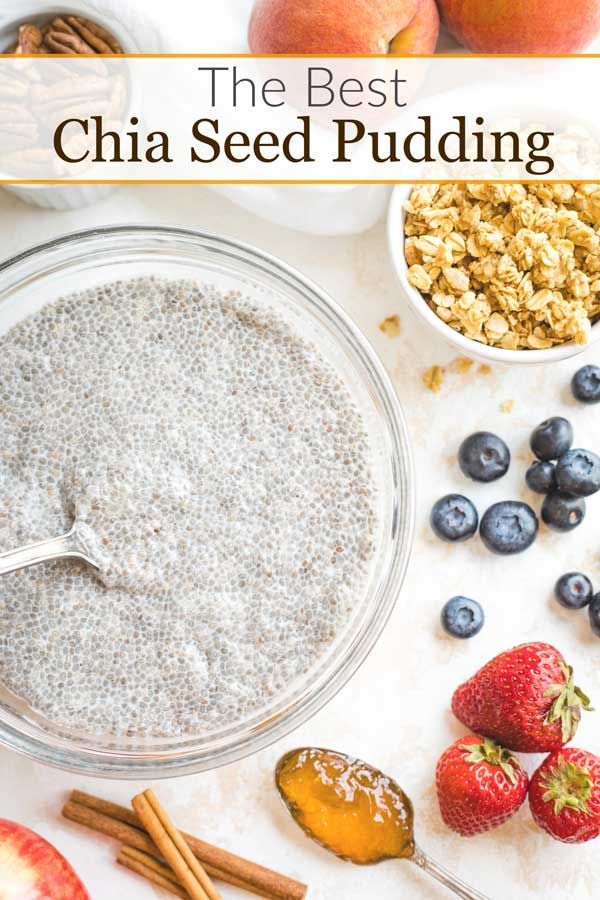 Please consult your physician for any medical and health-related diagnoses and treatments. The information in Phytoblog should not be considered as a substitute for consultation with a doctor. Claims made about specific products on this blog are not endorsed for the treatment, diagnosis, or prevention of disease.
Please consult your physician for any medical and health-related diagnoses and treatments. The information in Phytoblog should not be considered as a substitute for consultation with a doctor. Claims made about specific products on this blog are not endorsed for the treatment, diagnosis, or prevention of disease.
What are the benefits of chia seeds - the benefits and harms of chia seeds for health
Roskachestvo specialists talk about the benefits and harms of chia seeds and how to use this product.
Chia, or Spanish sage, is another superfood that has gained popularity in recent years. His homeland is South America. The Mexicans, long before the discovery of America, used seeds for food - they made flour and butter, they ate whole grains. Chia has also been used to make medicines and paints. Seeds were popular there along with corn and beans. The benefits of chia at that time were obvious - it was believed that those who consume grains for food gain special strength and courage.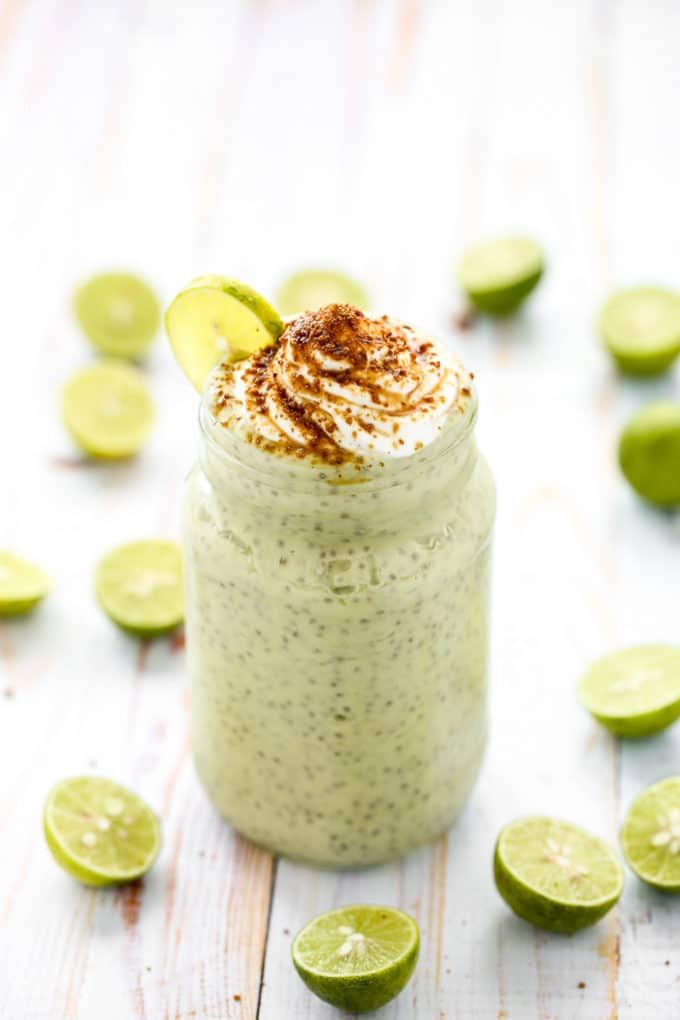
Chia seed types
Daria Rusakova
nutritionist, candidate of medical sciences
The most common are black and white chia seeds. Useful properties and contraindications of chia of different types are approximately the same. Both black and white seeds contain a large amount of nutrients. But their nutritional value is somewhat different.
Natalia Fadeeva
nutritionist-endocrinologist, doctor of medical sciences
- Chia seeds, or Spanish sage, are a trendy superfood. The product is actively used in the diet of vegans and vegetarians, athletes, losing weight and just people leading a healthy lifestyle, are included in the recipes for proper nutrition.
White seeds
They are very nutritious, they are obtained from sage with white flowers. Such seeds contain iron, copper, manganese, potassium, zinc, phosphorus, B vitamins, ascorbic acid, vitamins A, K, PP.
These seeds contain more nutrients than black seeds, so they are more in demand.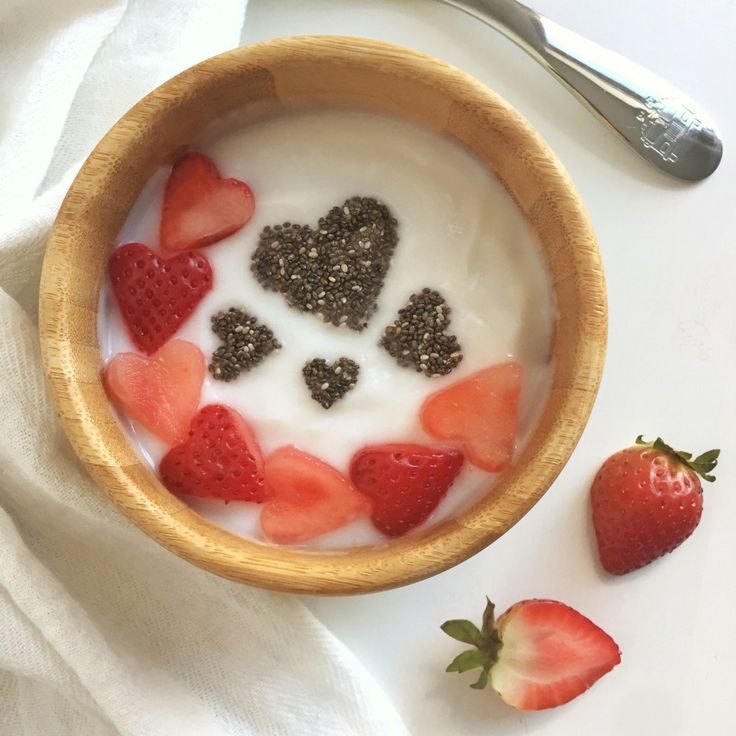 For 100 g of product - 15 g of protein and 31 g of fat. White seeds help to restore the hormonal balance of the body.
For 100 g of product - 15 g of protein and 31 g of fat. White seeds help to restore the hormonal balance of the body.
Due to the large amount of vegetable fat, they are good for the cardiovascular system.
There are also 17 g of omega-3 fatty acids per 100 g of seeds, which are necessary for maintaining mental abilities, nervous and cardiovascular systems.
Black seeds
Black seeds are more affordable, they are most often available in the store. They also have many useful substances: the same vitamins as in white seeds, iron, copper, selenium, calcium, sodium, magnesium, potassium. Black chia seeds are a godsend for diabetics, as the product contains a lot of protein and fiber, few carbohydrates (only 6 g per 100 g). Chia stabilizes metabolism, brings glucose levels back to normal.
Fiber is also useful for the functioning of the gastrointestinal tract: it cleanses the stomach of accumulated harmful substances, helps to get rid of constipation.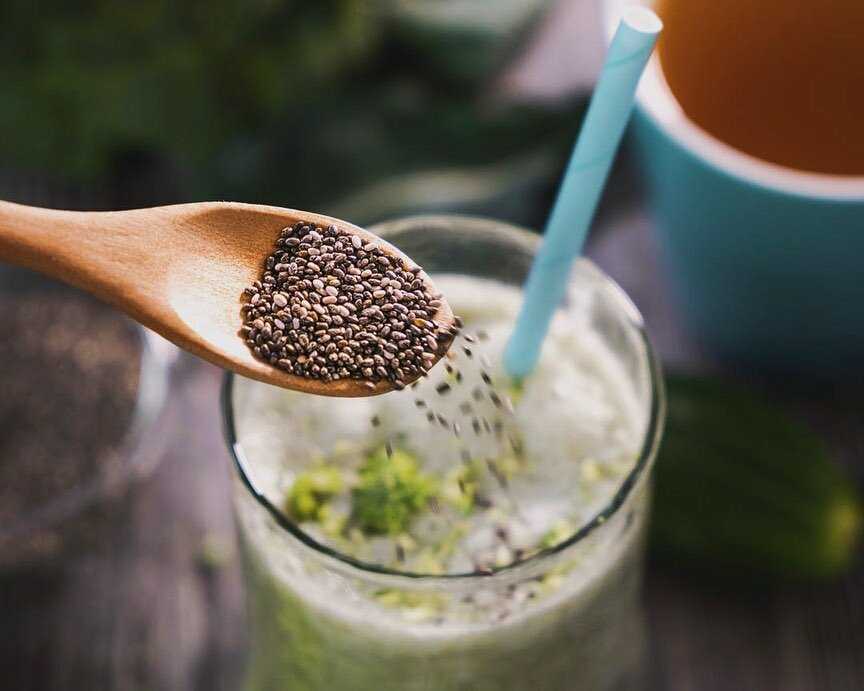
Both types of grains are very useful if used correctly, so the question of which seeds are more useful - white or black - practically does not make sense.
Health Benefits of Chia Seeds
The vitamins and minerals in the seeds support health and even help fight some diseases.
Relieve pain on critical days
Chia is useful to consume on critical days - the high content of omega fats relieves pain during menstruation. Fats and proteins even out the hormonal background, facilitate the period of menopause.
Moisturize and nourish hair and skin
Seeds are widely used in cosmetology due to the high content of vitamins: they are added to hair and skin masks, shampoos, creams. Such cosmetics moisturizes the hair, rejuvenates the skin.
Improve male health
In men, the hormonal background also levels out, the endocrine system works better. Omega-3 helps to solve problems with potency, opposes the development of prostate adenoma.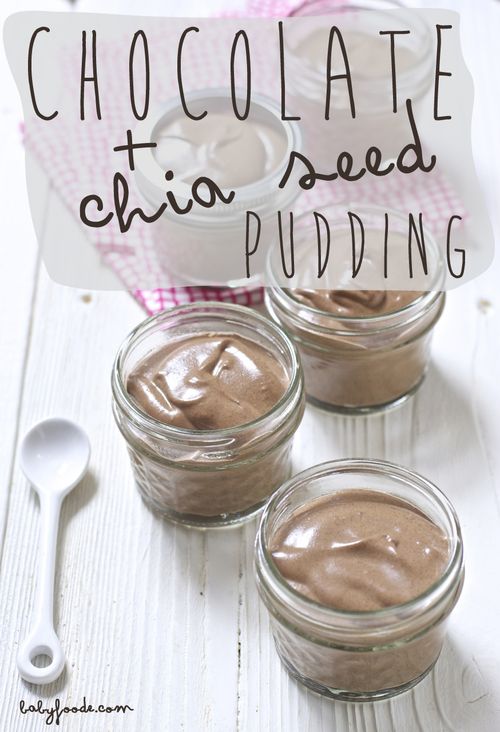
Helps to lose weight
Chia is high in insoluble fiber, which fills you up quickly. Therefore, seeds can replace more high-calorie dishes. Fiber facilitates the work of the intestines, cleans out harmful substances, forms a healthy microflora. This speeds up metabolism and improves digestion.
Chia, reacting with substances in the stomach, absorbs liquid, the volume of which can be 12 times the weight of the seeds themselves. Therefore, it seems that the stomach is already full, and you don’t feel like eating anymore, the desire to have a bite disappears.
The result does not come immediately, you need to constantly adhere to the diet, supplementing it with chia seeds, but the effect of losing weight will last for a long time. It is also better to consult a nutritionist before introducing chia into the diet so that the product does not harm.
The main composition of fats in seeds is polyunsaturated fatty acids omega-3, omega-6.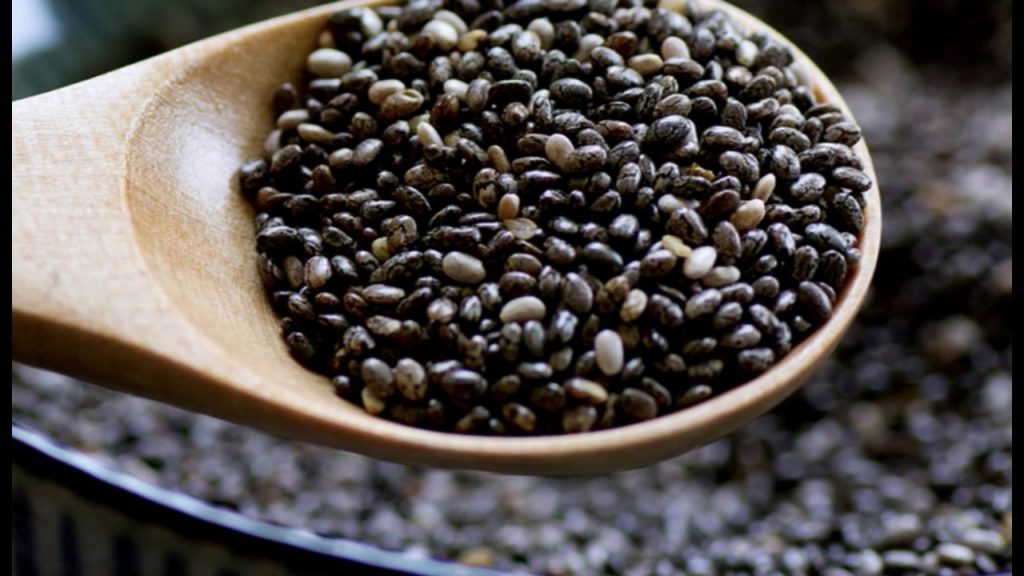 In total, 100 g of seeds contain 3-4 daily norms. The protein content in chia is higher than in any other cereals. Vegans and vegetarians use the seeds as a substitute for meat. When losing weight, it is permissible to consume 1-2 tablespoons of chia per day.
In total, 100 g of seeds contain 3-4 daily norms. The protein content in chia is higher than in any other cereals. Vegans and vegetarians use the seeds as a substitute for meat. When losing weight, it is permissible to consume 1-2 tablespoons of chia per day.
Combat anemia
There are 7.7 mg of iron per 100 g of chia. With daily consumption of seeds in food, hemoglobin levels can be brought to a healthy level. This point is also important to take into account when studying how chia seeds are useful for women: most pregnant women have low hemoglobin, since its intake by the body is several times higher than the intake of iron in the body.
General strengthening of the body
Chia seeds are rich in omega-3 polyunsaturated fatty acids, which are important for the whole body. Omega-3 prevents inflammation, strengthens the walls of blood vessels, restores hormonal levels, improves vision.
Strengthens teeth and bones
Chia contains 631 mg of calcium per 100 g.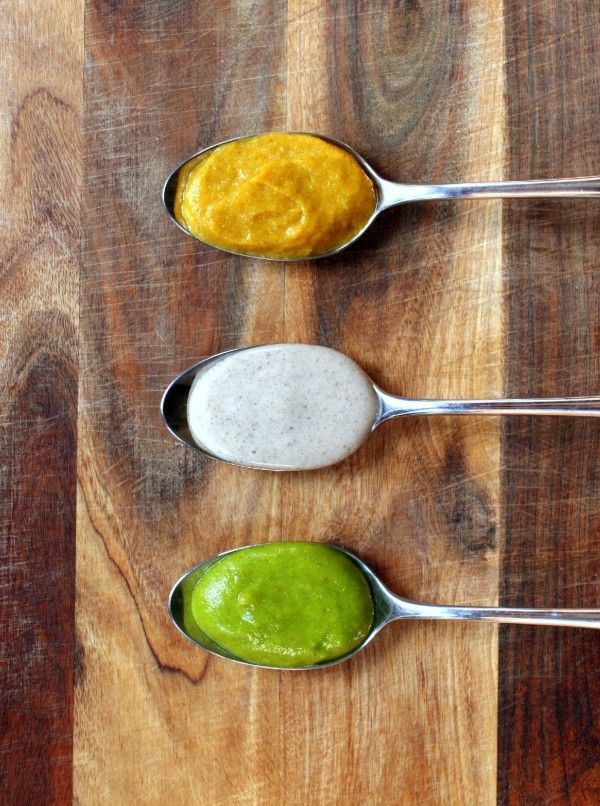 Therefore, the product is recommended for people with problems with the musculoskeletal system and problems with teeth.
Therefore, the product is recommended for people with problems with the musculoskeletal system and problems with teeth.
Improve memory
Thanks to its high phosphorus content, chia improves memory and helps fight Alzheimer's disease.
Energizes
The potassium and protein in chia provide a burst of energy, which improves brain function and increases the level of attention.
Helps fight diabetes
The seeds help to maintain an even level of glucose and insulin in the blood. Chia can replace cereals in the diet of a diabetic. If you follow a low-carb diet for a long time and take chia seeds, you can achieve several results:
-
make the blood more liquid, prevent the development of blood clots;
-
normalize appetite;
-
bring the body weight back to normal;
-
prevent the development of diseases that provoke diabetes;
-
increase efficiency and activity.

Can chia seeds be taken during pregnancy and breastfeeding?
You can use chia seeds in your diet during pregnancy, but be careful. Whatever the benefits of them, pregnant women are responsible not only for themselves, but also for the health of the fetus. Do not exceed the daily allowance - one tablespoon. In small amounts, chia can bring positive effects to a woman and a child:
-
enrichment of the body with vitamins and minerals, which are constantly lacking during pregnancy;
-
phosphorus and zinc support health and strengthen the immune system;
-
calcium helps to properly form the baby's bone tissue;
-
omega-3 fatty acids are important for the development of the nervous system and the formation of fetal intelligence.
In general, the seeds replenish the supply of valuable elements in the body of the baby and his mother. So that the harm of chia seeds does not outweigh their benefits, it is better to consult a doctor before introducing this product into the diet.
During lactation, chia should also be consumed in moderation and two months after the start of breastfeeding. First you need to try a teaspoon of seeds and see how the child reacts. If there is no allergy, you can eat chia, increasing the amount over time (gradually bring it to two tablespoons). You need to drink chia with non-carbonated clean water, it contributes to the rapid absorption of seeds. Due to this, breast milk will be more actively produced.
It is not necessary to eat the seeds in their pure form. You can add them to porridge, smoothies, juices, yogurts, salads. If you grind chia, you get flour for making desserts.
Can children have chia?
Protein, fats, dietary fiber, vitamins and minerals are important for the child's body:
-
phosphorus strengthens the child's nervous system;
-
potassium is needed for the proper functioning of the cardiovascular system;
-
zinc strengthens the immune system;
-
copper is needed for the proper functioning of the endocrine system;
-
fiber allows you to stay full for a long time, avoid obesity;
-
iron and magnesium counteract iron deficiency anemia (it is often found in children who prefer the computer to walks).
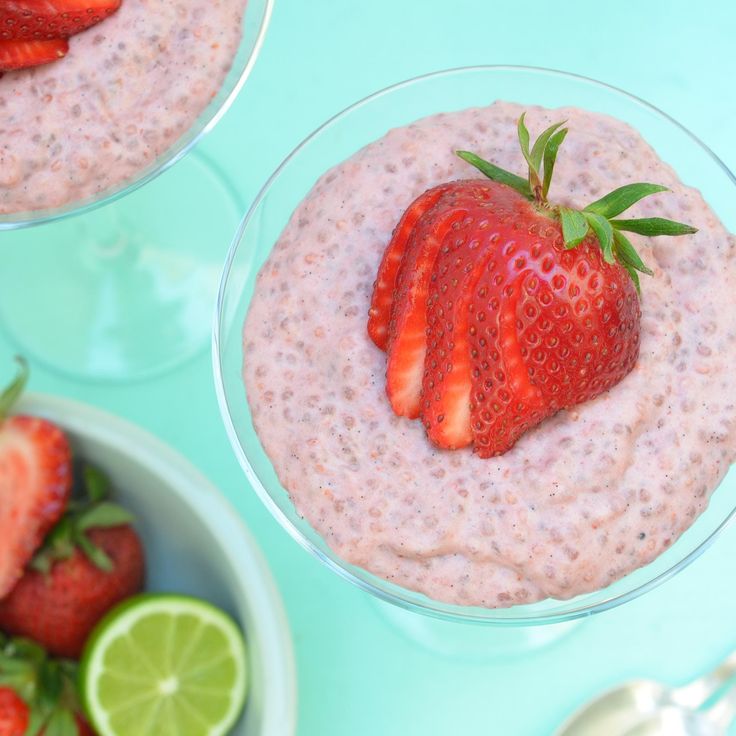
Chia seeds are an indigestible product, so the dosage for children should be minimal. It is better to add seeds to salads, cereals and sandwiches. Consult your doctor before taking seeds!
Harm and possible contraindications
Advertising tells what are the benefits of chia seeds for the human body, but is silent about the negative aspects of the promoted products, so you should not assume that chia is a magic panacea that can be used in unlimited quantities in any convenient situation. The seeds also have contraindications:
-
Chia should not be consumed if there are kidney problems. Or you need to consult a doctor first.
-
It is not recommended to use seeds in the diet for people with low blood pressure - they can lower it even more.
-
Chia should not be used by people who are allergic to sesame seeds.
-
While taking aspirin or drugs that reduce blood clotting, chia seeds are contraindicated.
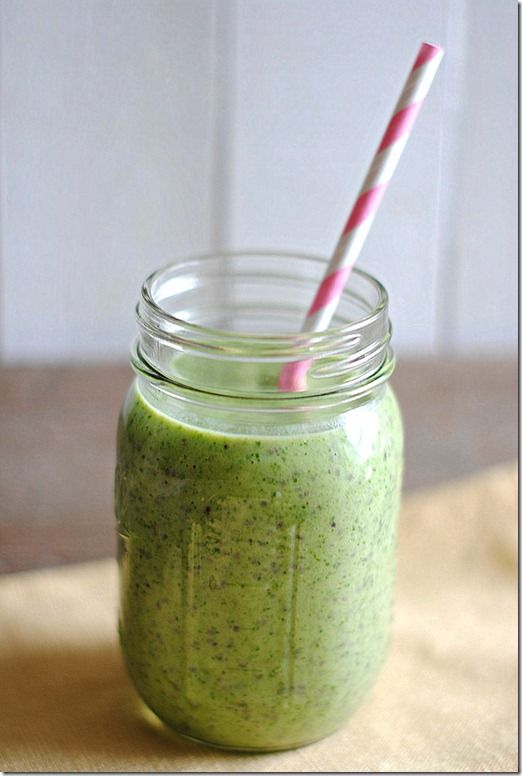
It is also worth considering that a large amount of chia in the diet increases gas formation in the intestines. If there is a tendency towards a problem, it is best to avoid this product.
How to use chia seeds?
The daily rate should not exceed two tablespoons. For pregnant women, it is recommended to limit consumption to one tablespoon. The maximum daily serving for children is one teaspoon. When used dry, be sure to monitor the amount of water drunk during the day.
Chia for breakfast
It's easy to make breakfast even healthier by adding chia to oatmeal, yogurt, cottage cheese, scrambled eggs, or sandwiches.
Pudding
To prepare the pudding, pour 50 g of chia with a glass of coconut milk (you can replace it with any other vegetable milk or even cow's milk, if there is no intolerance), add half a teaspoon of honey. Mix well and refrigerate overnight. When the pudding is done, it doesn't spill and the seeds are like jelly. You can add fruits and berries for more flavor.
You can add fruits and berries for more flavor.
Muffins
Add chia to ordinary muffins, and they will already be a little healthier. Mix half a glass of flour, half a teaspoon of soda, the same amount of salt, a tablespoon of chia and the same amount of sugar, a pinch of vanilla. Mix everything well. Add a teaspoon of lemon zest, two egg whites, two teaspoons of lemon juice. Once again, mix everything well and add 100 g of blueberries, you can use jam. Pour the dough into cupcake molds, put in an oven preheated to 180 degrees for 20 minutes.
The beneficial properties of chia are not lost when heated, as the seeds are covered with a dense shell.
Smoothies
Smoothie is suitable for those who do not like the texture of chia. Get an energy drink with plenty of vitamin C and fiber. To prepare, mix one glass of your favorite berries with 100 ml of water and pomegranate juice, add a teaspoon of chia. Whisk everything in a blender.